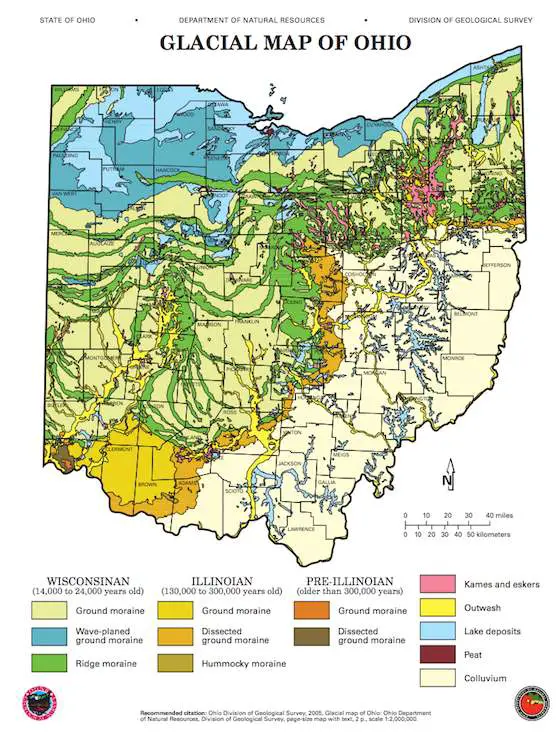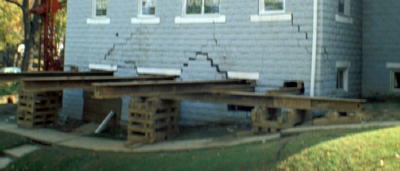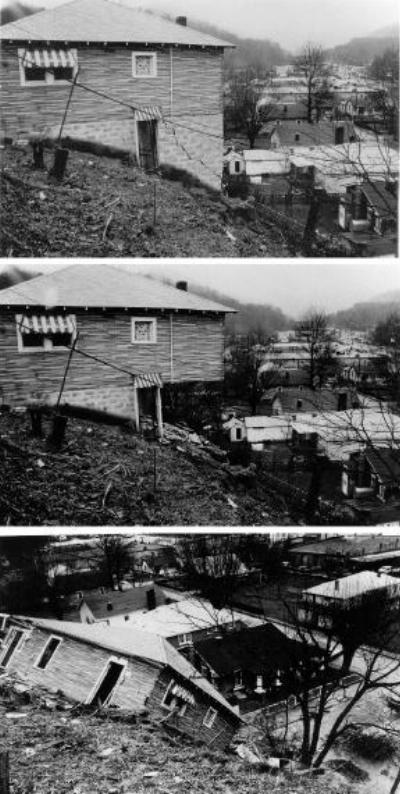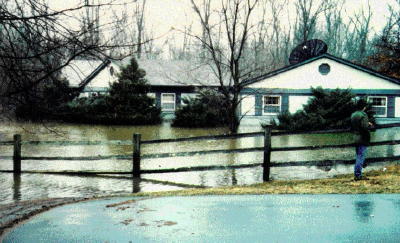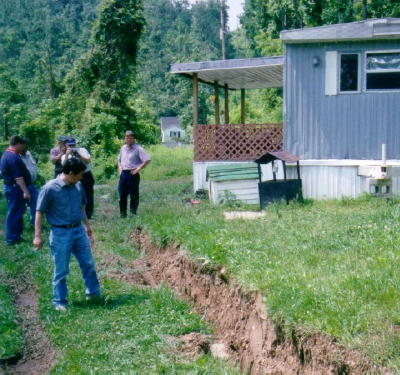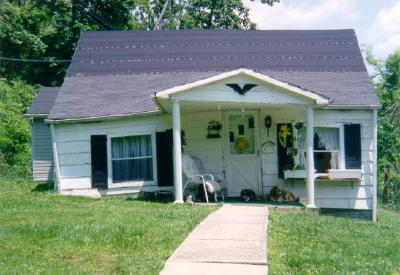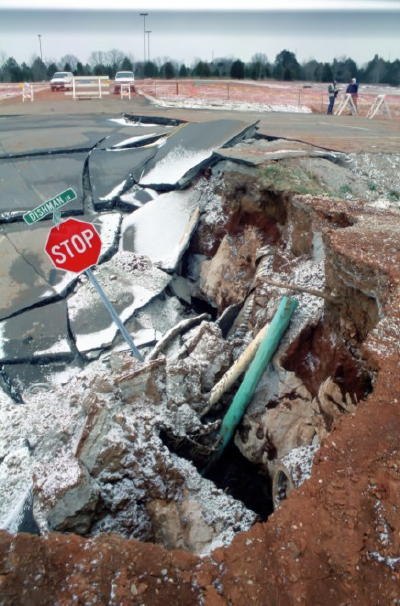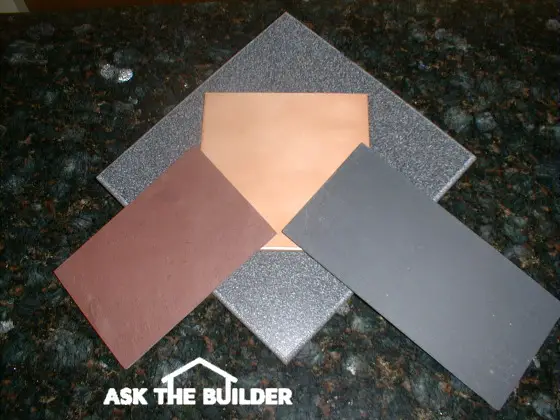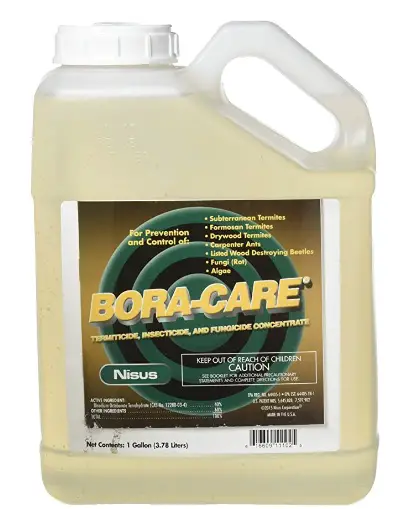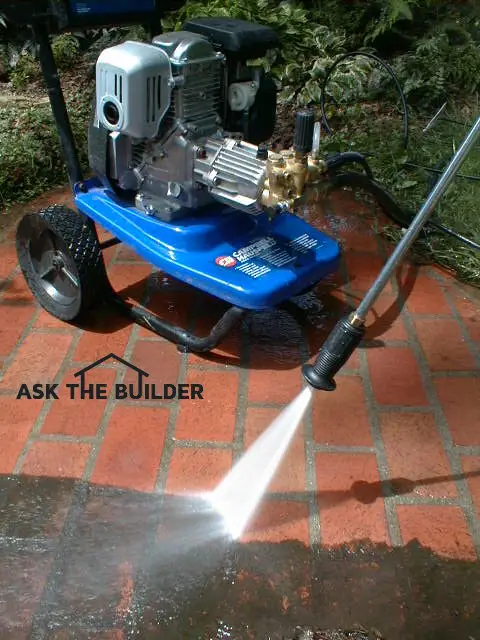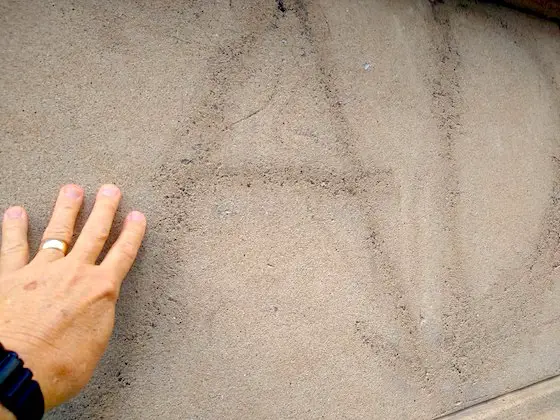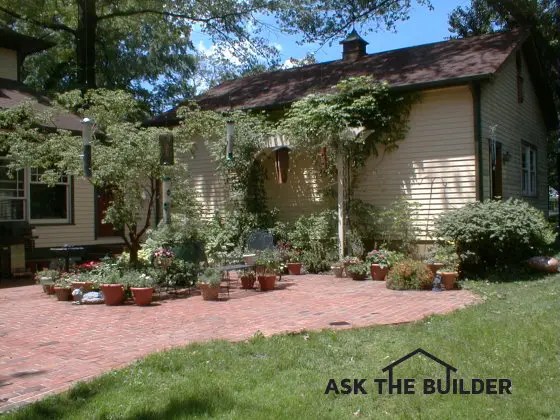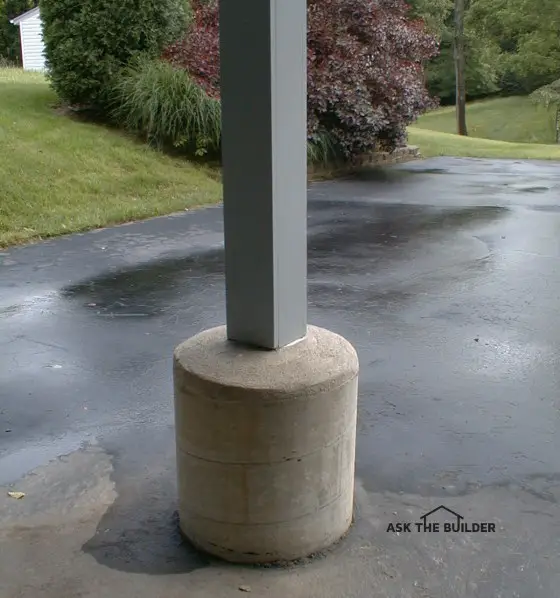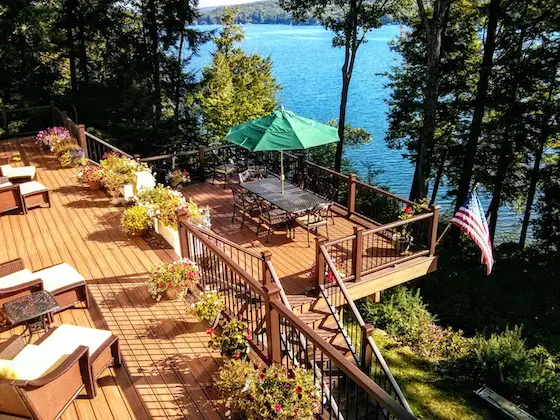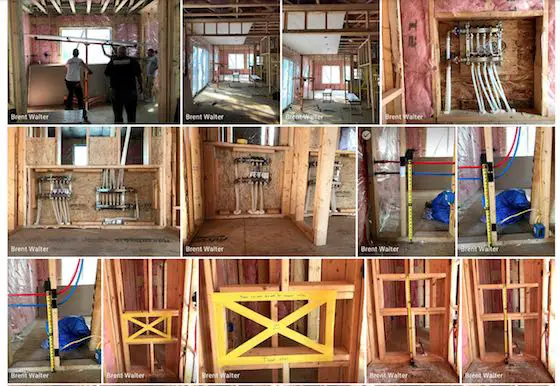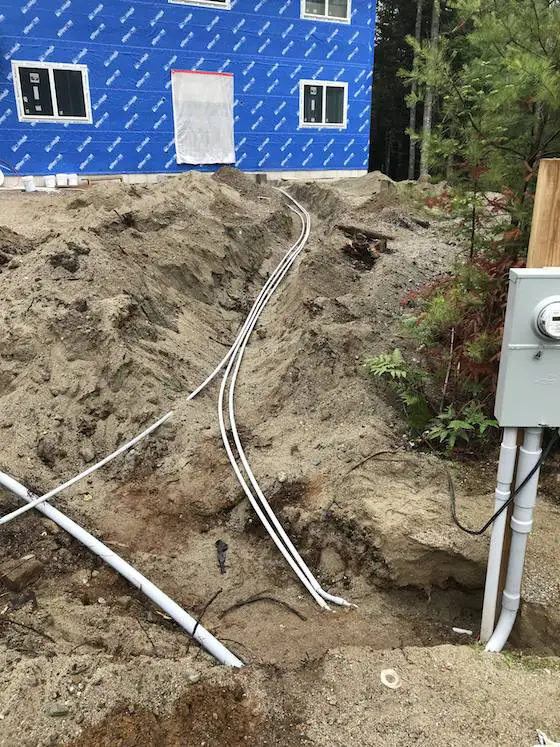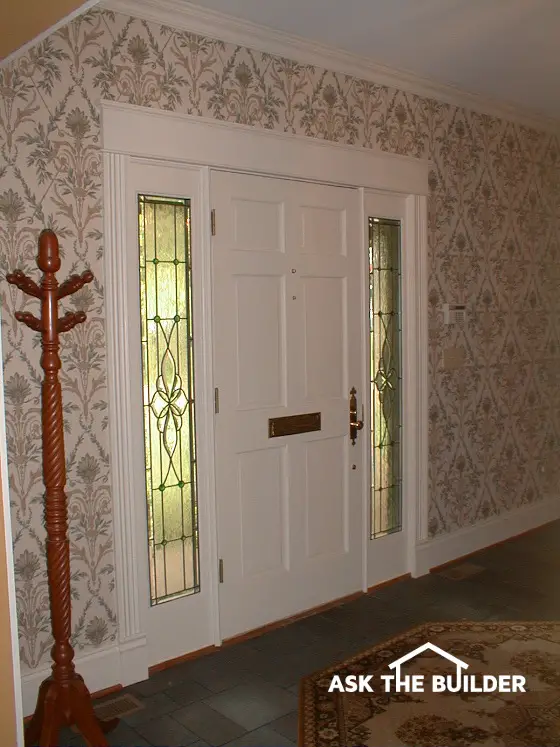Advertising on AsktheBuilder.com works because people who surf the Internet do so for two primary reasons:
Pleasure and Problems
The 40,000 +/- people who come to AsktheBuilder.com each day have problems that need solutions. They are often in pain and need immediate relief. Here are a few simple problems:
- a leaking roof
- water pouring into a basement
- which flooring product is best
- what contractor to use
- what tool to buy
Ads on AsktheBuilder.com offer solutions. Order an ad now so you can help people.
Quick AsktheBuilder.com Advertising Facts:
- Cost - Invest as little as $3.00 per day
- Demographics - 95% of visitors are homeowners, 65% of which are women
- Impressive Click-Through Rates - some ads get as high as 12% CTR
- Traffic - 20,000 - 30,000 Unique Visitors per Day
- Real-Time Tracking - View your ad campaign success in real time 24:7:365.
Ads at AsktheBuilder.com are Contextual Ads. Your ad is placed adjacent to relevant content that matches your product or service. The ads that get the most traffic appear at the top of the AsktheBuilder.com category pages. Your ad can also appear in a specific column that might reference your product or service. You can place as many ads throughout the AsktheBuilder.com website as you like.
There is absolutely no quid pro quo advertorial at AsktheBuilder.com. No favorable articles will be written about products simply because you decide to buy advertising space. All articles on AsktheBuilder.com are factual and written from Tim Carter's personal experience or research done about the topic.
Here is what our most popular ads look like:
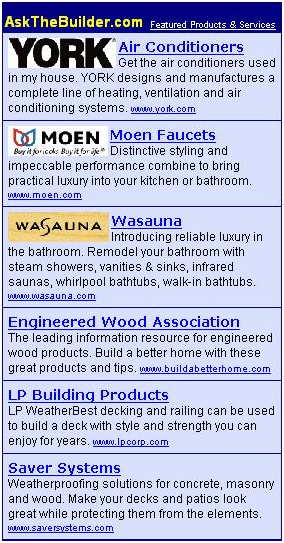
Types of Ads:
There are four different ad types at AsktheBuilder.com. These ads are able to appear on all pages in addition to Google AdSense ads. The current AsktheBuilder.com ad products are:
- Simple Text Ad
- Graphic Text Ad
- Category Banner Ad
- Large Photo Ad next to Videos
Simple Text Ad:
You can see three simple text ads in the above image. The Engineered Wood Association, LP Building Products and Saver Systems ads are Simple Text ads.
Each simple text ad has 25 words or less of descriptive text. There are two distinct links back to your website within the text ad - the company name and the small text URL at the end of the ad.
These Simple Text Ads are sold for a period of one year and they offer Unlimited Impressions and Unlimited Clicks.
Simple Text Ad Prices:
1 Text Ad = $1,000*
2 Text Ads= $1,300*
3 Text Ads= $1,550*
4 Text Ads = $1,750*
5 Text Ads = $1,950*
All prices are NET to AsktheBuilder.com, in case you are an Ad Agency.
Ready to order this ad? Contact Ad Sales now!
* The position of any particular ad in each ad block is determined just like the ads on the right side of any page of Google search results. Those advertisers who want to be at the top of the ad block do so by investing more for that valuable advertising real estate.
When the ad blocks are small with just a few advertisers, visibility is good for all advertisers. You can get great placement for the minimum stated ad-rate price above. But as more ads are sold, the ad block grows longer. Those ads sold for the minimum stated price get pushed to the bottom of the stack.
If you want top billing in any ad block or category, you simply have to make a slightly larger investment than the current top advertiser.
Graphic Text Ad:
You can see three simple Graphic Text Ads in the above image. The York, Moen and Wasauna ads are Graphic Text ads.
Each Graphic Text ad has a 30-pixel-high by 100-pixel-wide graphic and 25 words or less of descriptive text. There are three distinct links back to your website within the Graphic Text ad - the graphic image, company name and the small text URL at the end of the ad.
These Graphic Text Ads are sold for a period of one year and they offer Unlimited Impressions and Unlimited Clicks.
Graphic Text Ad Prices:
1 Graphic Ad = $1,500*
2 Graphic Ads = $1,950*
3 Graphic Ads = $2,325*
4 Graphic Ads = $2,625*
5 Graphic Ads = $2,925*
All prices are NET to AsktheBuilder.com, in case you are an Ad Agency.
Ready to order this ad? Contact Ad Sales now!
* The position of any particular ad in each ad block is determined just like the ads on the right side of any page of Google search results. Those advertisers who want to be at the top of the ad block do so by investing more for that valuable advertising real estate.
When the ad blocks are small with just a few advertisers, visibility is good for all advertisers. You can get great placement for the minimum stated ad-rate price above. But as more ads are sold, the ad block grows longer. Those ads sold for the minimum stated price get pushed to the bottom of the stack.
If you want top billing in any ad block or category, you simply have to make a slightly larger investment than the current top advertiser.
Category Banner Ad:
A Category Banner Ad is a traditional graphic ad that sits at the very top of any category page just under the AsktheBuilder masthead graphic. The banner ads are 625 pixels wide by 90 pixels high. Your graphic team can develop any banner using real product photos, several photos stitched together or any graphic image that communicates your message. You are permitted to place words of text within the image that create a call to action. The graphic must be in .jpg or .gif format. Here is an example of a simplistic Category Banner Ad.

The graphic ad alone is a link to your website or sales page. Only one Category Banner Ad is sold on top of each category.
The Category Banner Ads are sold on a CPM (Cost per Thousand Impressions) basis. The cost is $50 per CPM with a $1,000 retainer paid in advance.
All prices are NET to AsktheBuilder.com, in case you are an Ad Agency.
Ready to order this ad? Contact Ad Sales now!
Large Photo Ad next to Videos:
If you want a large photo ad next to our popular videos, we have that ad product available. Note the large photo to the left of the video on this page.
These Large Photo Ads are sold for a period of one year and they offer Unlimited Impressions and Unlimited Clicks.
1 Large Photo Ad = $1,875
2 Large Photo Ads = $2,275
3 Large Photo Ads = $2,675
4 Large Photo Ads = $2,975
5 Large Photo Ads = $3,375
All prices are NET to AsktheBuilder.com, in case you are an Ad Agency.
Ready to order this ad? Contact Ad Sales now!
Customer Reviews:
"Wow! The ad is currently showing a click through of about 20%. ....26 click throughs to my sales page is a lot of traffic for the very first day, especially since these are highly-targeted prospects. You get a lot of traffic. Impressive!"
Daid Petersen, Owner
Wasauna.com
"The American Plywood Association (APA) has been on board with AsktheBuilder.com for seven fruitful years. The partnership has proven valuable not only in driving traffic to our website, but also through increased exposure in Tim's other media avenues such as radio and newsletters. We have measurable results in hand."
Kevin Hayes - Ad and Publicity Manager
APA - The Engineered wood Association
Do you have any Questions? Contact Ad Sales now!

